
*
32°
Posted 4 hours ago
How to Read Numbers: A Guide to Statistics in the News (and Knowing When to Trust Them) - Kindle Edition
Shared by
EnaHia
Joined in 2021
1,883
515
About this deal
Every day, most of us will read or watch something in the news that is based on statistics in some way. Sometimes it'll be obvious - 'X people develop cancer every year' - and sometimes less obvious - 'How smartphones destroyed a generation'. Statistics are an immensely powerful tool for understanding the world, but in the wrong hands they can be dangerous.
Introducing you to the common mistakes that journalists make and the tricks they sometimes deploy, HOW TO READ NUMBERS is a vital guide that will help you understand when and how to trust the numbers in the news - and, just as importantly, when not to.
Introducing you to the common mistakes that journalists make and the tricks they sometimes deploy, HOW TO READ NUMBERS is a vital guide that will help you understand when and how to trust the numbers in the news - and, just as importantly, when not to.
Community Updates
Edited by a community support team member, 4 hours ago
You may also like
Related Discussions
Related Categories



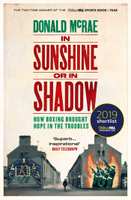
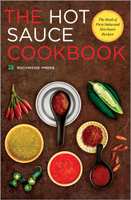

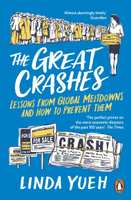
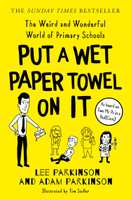
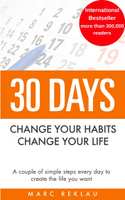

10 Comments
sorted byOr, of course, just invent the dataset, knowing that most will just accept the result - if it correlates with their view of the argument. That works 99.9% of the time.